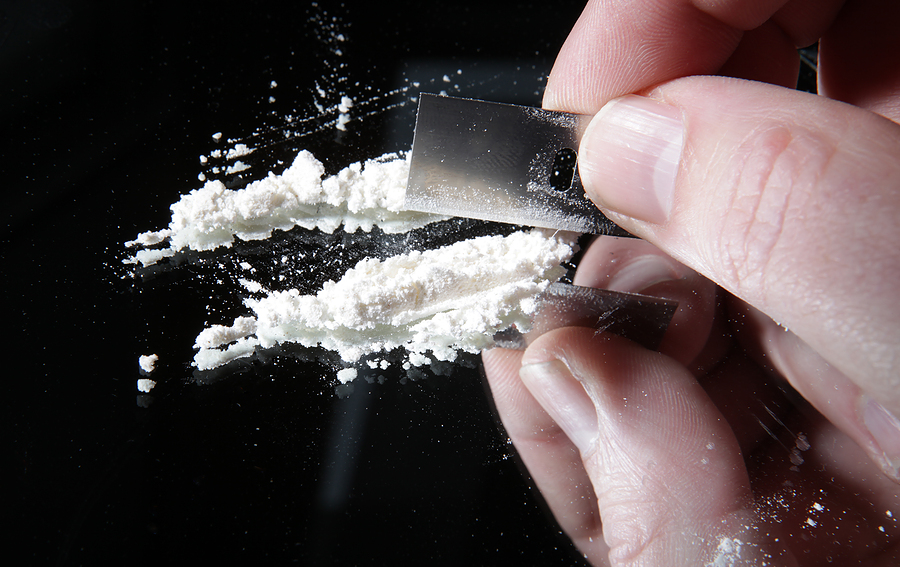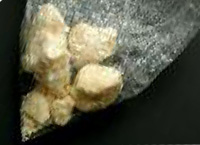A quick guide to cocaine, it's street names, appearance, uses and effects.
Cocaine is also known as
Charlie, coke, nose candy, flake, blow, snow, big C, lady, white and snowbirds.
Appearance and uses
Cocaine powder looks like a white crystalline powder (see below for other forms of cocaine).
Cocaine is usually inhaled, though it can be prepared and injected.
Common effects
Cocaine is a stimulant so it increases the activity levels of the body and mind. Creating a ‘high’ feeling, users often feel on top of their game with delusions of supremacy and grandeur.
Unwanted effects: dilated pupils, increased body temperature, increased heart rate and blood pressure, constricted peripheral blood vessels, restlessness, irritability, anxiety, paranoia, aggression. Cocaine has also been known to cause respiratory arrest, seizures and even death.
The comedown from cocaine often feels like heavy flu with users often feeling low and depressed. Long-term use of cocaine can lead to low sexual desire.
Addictive?
Cocaine is a highly addictive drug and people who use a lot commonly become depressed, run down, anxious and paranoid.
Crack cocaine
 Crack cocaine is also known as: crack, rock and freebase.
Crack cocaine is also known as: crack, rock and freebase.
Appearance and uses:
Crack looks like white to tan pellets or crystalline rocks that resemble soap or honeycomb. Crack is smoked.
Common effects
The effects of crack cocaine on the user are similar to those of cocaine but can be more intense, users are even more likely to become aggressive and paranoid and the initial ‘high’ can be shorter lived than powder cocaine.






